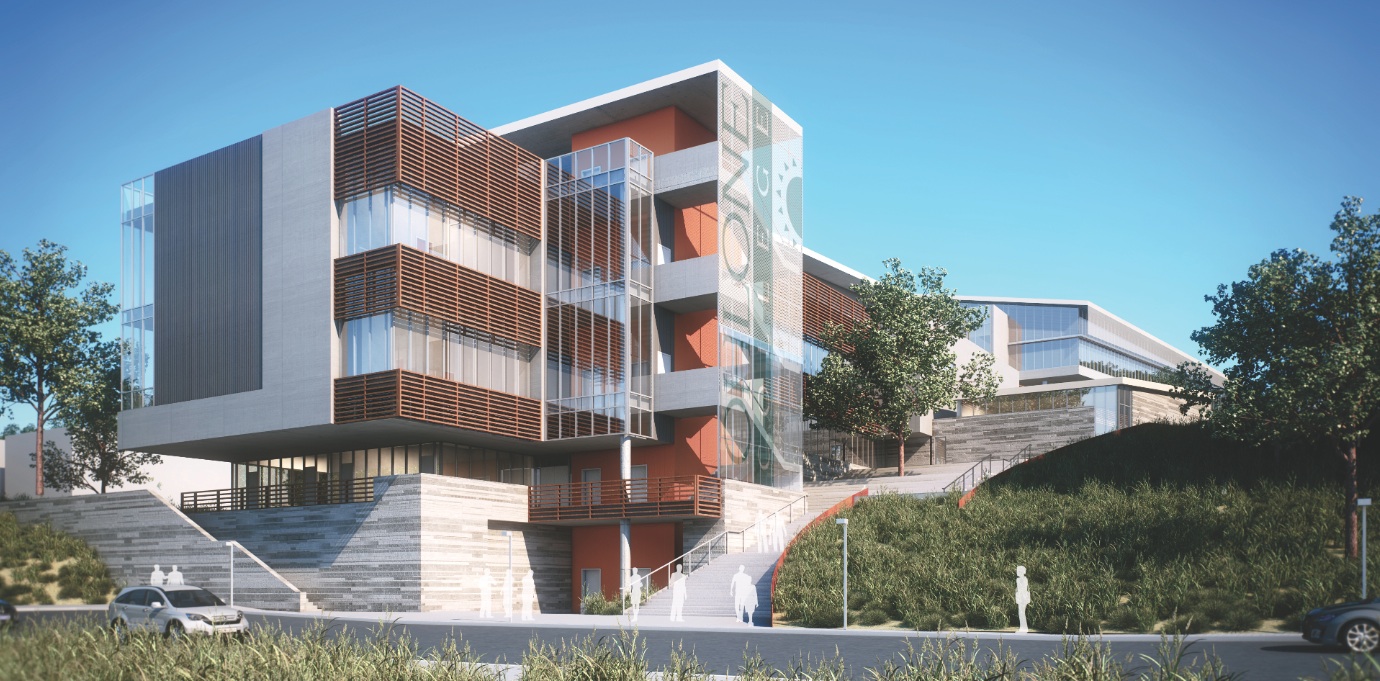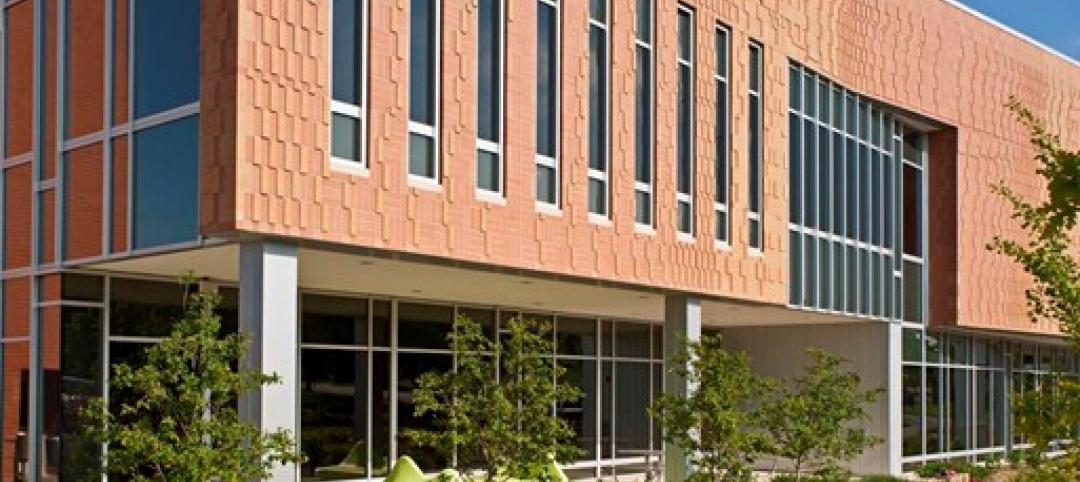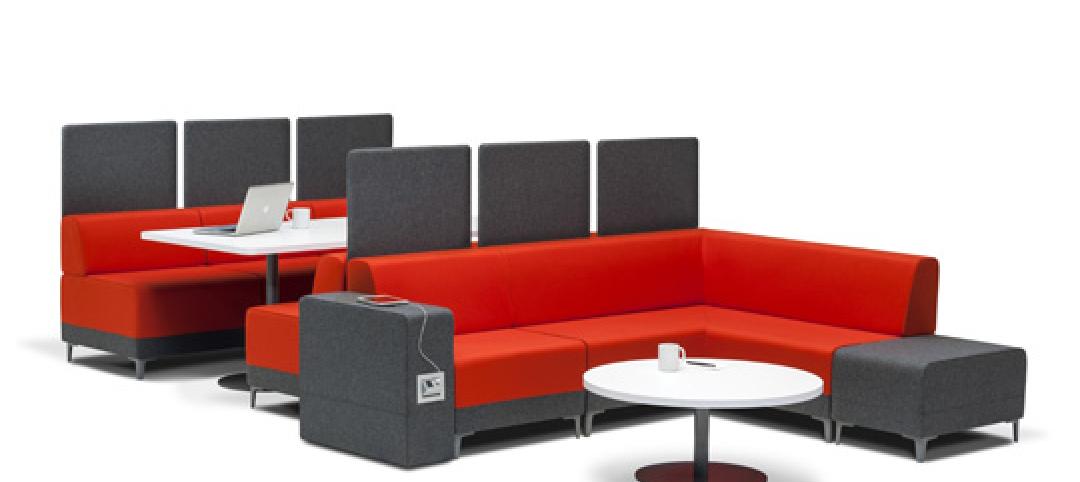This year marks the fifth anniversary of the American Institute of Architects’ effort to have architecture firms voluntarily pledge net-zero energy design for all their buildings by 2030. The AIA 2030 Commitment encourages design professionals to strategically reduce the measured energy consumption in new and existing buildings they design.
The 2030 Commitment is “an effort to get a firm’s complete body of work channeled toward carbon-neutral design,” says William D. Sturm, AIA, LEED AP, Principal at Serena Sturm Architects, Chicago, and Chair of the AIA National Committee on the Environment.
The pledge follows the 2030 Challenge issued in 2007 by Edward Mazria, FAIA, Founder and CEO of the nonprofit organization Architecture 2030, who called for the global building community to:
• Design all new buildings and major renovations to meet an energy consumption performance standard of 60% below the regional (or national) median for that building type.
• Renovate an equal amount of existing building area annually to meet an energy consumption performance standard of 60% below the regional (or national) median for that building type.
• Increase the fossil fuel reduction standard for all new buildings and major renovations in five-year increments, to reach carbon neutrality by 2030.
Last year, in its third annual 2030 Commitment progress report, the AIA called the program a roadmap for firms to transition to the ultimate goal of carbon neutrality on every project in their portfolio—not selectively targeting high performance for certain clients, or designing net-zero projects solely for clients who want it and can afford it, but achieving targeted performance goals on every project.
While there has been an increase in professional activity among medium and large firms, says Sturm, the 2030 goal may be out of reach for many smaller firms, which cite concerns over the amount of time and effort required to report on 2030 goals, as well as the lack of or access to data.
The AIA says that by the end of 2012, 241 firms had signed on to join the 2030 Commitment, with 110 of them submitting an annual progress report. These included such marquee names as CannonDesign, HOK, NBBJ, and Skidmore, Owings & Merrill, as well as midsize practices like Sturm’s own firm and Kaplan Thompson Architects, Portland, Maine.
A more recent summary on preliminary data from 2013 reporting presented at the AIA National Convention this past June showed 275 firms participating in the pledge; 79 of these had submitted data for 2013 on a total of more than 1.6 billion sf of work, reported Nootan Bharani, AIA, LEED AP BD+C, CEM, Lead Design Manager at the University of Chicago’s Place Lab, and Steve Kismohr, AIA, Senior Technical Manager at the Midwest Energy Efficiency Alliance.
The average predicted energy use intensity (EUI) reduction for 2013 from the 79 reporting firms was 34%, a slight increase from the average prediction for 2012. Around 7% of the gross square footage that was reported had reached the 2030 goal of 60% EUI reduction.
Sturm says that it is important for architecture firms to be prepared as more and more legislative bodies and standards organizations call for net-zero and carbon-neutral projects. Earlier this year California began implementing its revised building codes known collectively as Title 24, which call for all new residential and commercial construction in the state to achieve net-zero status by 2030.
Individual cities and institutions of higher learning have also embarked on 2030-type initiatives. The Royal Architectural Institute of Canada has issued a pledge to reduce greenhouse gas emissions in building construction and operation 70% by 2015, 80% by 2020, and 90% by 2025, to arrive at carbon neutrality by 2030.
William Leddy, FAIA, LEED AP, Founding Partner of Leddy Matum Stacy Architects in San Francisco and an Advisory Member of the AIA National Committee on the Environment, says “it just makes good business sense” for the architecture community to prepare for what he calls the “coming new realities” of the profession in the 21st century.
Related Stories
| Jul 7, 2014
7 emerging design trends in brick buildings
From wild architectural shapes to unique color blends and pattern arrangements, these projects demonstrate the design possibilities of brick.
| Jul 2, 2014
Emerging trends in commercial flooring
Rectangular tiles, digital graphic applications, the resurgence of terrazzo, and product transparency headline today’s commercial flooring trends.
| Jun 30, 2014
Arup's vision of the future of rail: driverless trains, maintenance drones, and automatic freight delivery
In its Future of Rail 2050 report, Arup reveals a vision of the future of rail travel in light of trends such as urban population growth, climate change, and emerging technologies.
| Jun 18, 2014
Arup uses 3D printing to fabricate one-of-a-kind structural steel components
The firm's research shows that 3D printing has the potential to reduce costs, cut waste, and slash the carbon footprint of the construction sector.
| Jun 12, 2014
Austrian university develops 'inflatable' concrete dome method
Constructing a concrete dome is a costly process, but this may change soon. A team from the Vienna University of Technology has developed a method that allows concrete domes to form with the use of air and steel cables instead of expensive, timber supporting structures.
| Jun 2, 2014
Parking structures group launches LEED-type program for parking garages
The Green Parking Council, an affiliate of the International Parking Institute, has launched the Green Garage Certification program, the parking industry equivalent of LEED certification.
| May 29, 2014
7 cost-effective ways to make U.S. infrastructure more resilient
Moving critical elements to higher ground and designing for longer lifespans are just some of the ways cities and governments can make infrastructure more resilient to natural disasters and climate change, writes Richard Cavallaro, President of Skanska USA Civil.
| May 23, 2014
Top interior design trends: Gensler, HOK, FXFOWLE, Mancini Duffy weigh in
Tech-friendly furniture, “live walls,” sit-stand desks, and circadian lighting are among the emerging trends identified by leading interior designers.
| May 20, 2014
Kinetic Architecture: New book explores innovations in active façades
The book, co-authored by Arup's Russell Fortmeyer, illustrates the various ways architects, consultants, and engineers approach energy and comfort by manipulating air, water, and light through the layers of passive and active building envelope systems.
| May 19, 2014
What can architects learn from nature’s 3.8 billion years of experience?
In a new report, HOK and Biomimicry 3.8 partnered to study how lessons from the temperate broadleaf forest biome, which houses many of the world’s largest population centers, can inform the design of the built environment.


















